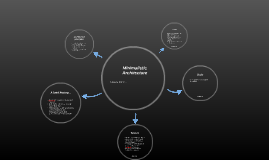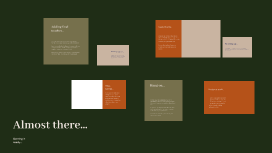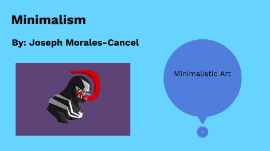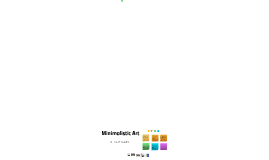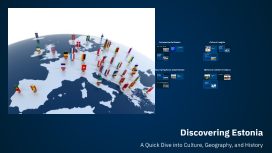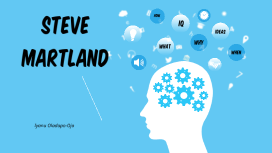presentation about estonia. quick, simple, interesting, minimalistic.
Transcript: Introduction to Estonia Cultural Insights Geographical Overview Cuisine and Culinary Traditions Flag and National Symbols Traditional Festivals Estonia spans 45,227 square kilometers and is located on the eastern shore of the Baltic Sea. It consists of the mainland and over 2,200 islands, characterized by a landscape of forests, lakes, and wetlands. The Estonian flag features three horizontal bands of blue, black, and white, symbolizing the sky, the soil, and the struggle for independence. The national symbols include the national flower, the cornflower, and the national animal, the barn swallow. Estonian cuisine is a blend of local ingredients and influences from neighboring countries. Signature dishes include rye bread, smoked fish, and verivorst (blood sausage), often enjoyed at communal gatherings, reflecting the nation’s agricultural roots. Estonia hosts numerous traditional festivals, celebrating the changing seasons and cultural heritage. Events like Jaanipäev (Midsummer) and Vana Tallinn Christmas Market draw locals and tourists alike, featuring folk music, dance, and traditional crafts. Arts and Literature Language & Linguistic Heritage Estonia boasts a vibrant arts scene, with notable figures like author Jaan Kross and artist Eduard Wiiralt. The country has a rich tradition of folk poetry and music, which continues to inspire modern creatives today. Estonian, a Finno-Ugric language, is distinct from its neighboring Baltic languages. The language preserves ancient roots with complex grammar, influenced by German, Swedish, and Russian through historical interactions. Fascinating Facts about Estonia Historical Context of Estonia Independence and Nation-Building Unique Wildlife Key Historical Events Historic Landmarks Estonia declared independence from Russia on February 24, 1918. The interwar period focused on building national identity and institutions, but was interrupted by Soviet and Nazi occupations until reindependence in 1991, leading to a revival of the Estonian language and culture. Renowned historic sites like the medieval Tallinn Old Town and the UNESCO World Heritage site of the Historic Centre of Tartu showcase Estonia's rich architectural heritage. These landmarks reflect centuries of history and cultural evolution in the region. Estonia's history is marked by significant events including the Danish conquest in 1219, Swedish rule, and the Great Northern War. The 20th century saw a brief independence in 1918, occupation during WWII, and restored independence in 1991 after decades of Soviet control. Estonia is home to diverse wildlife, including species like the European brown bear, lynx, and elk. The Baltic Sea and its numerous islands provide habitats for rare birds and marine life, contributing to Estonia's rich biodiversity. Technological Advancements Modern Estonia Estonia is a global leader in digital innovation, known for its e-governance and the world's first digital society. Initiatives such as e-residency and advancements in tech start-ups highlight Estonia's commitment to being at the forefront of technology. Today, Estonia is recognized for its digital society and innovation. As a member of the EU and NATO, it showcases a successful blend of traditional culture and cutting-edge technology, maintaining its identity while embracing modernization and global trends. Discovering Estonia A Quick Dive into Culture, Geography, and History







